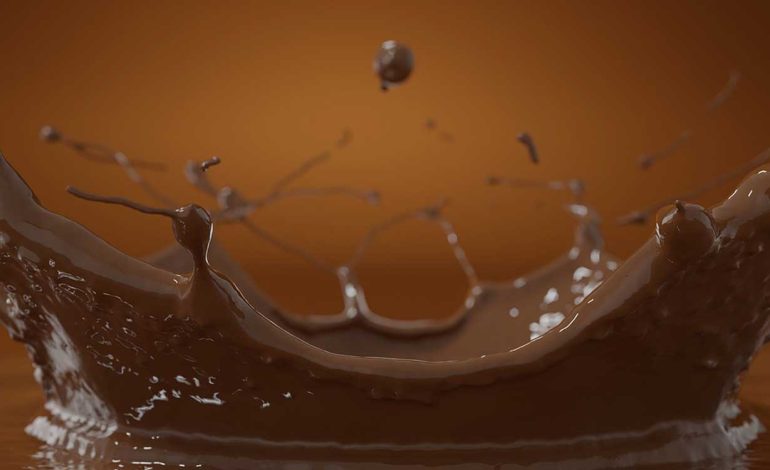For centuries now, the story of the macaroon has been transmitted through the generations. Never out of fashion and still unequalled, this little spoilt confectioner’s child, a great standard of French gastronomy, is continually the talk of the town.

The macaroon is a small, round cake of approximately 3 to 5 centimetres. It is crunchy on the exterior and moist on the inside, and it can be either plain or perfumed. For macaroons, there are several recipes, but the basis of their preparation is the same from one recipe to another. Four ingredients are essential, namely almond powder, sugar, icing sugar, and egg whites. Once those ingredients are mixed, the pastry is placed on a baking tray and cooked.
The fixed form and golden aspect of the macaroon will depend on the cooking method. Some macaroons are then superimposed and garnished with ganache, notably the Parisian macaroons. If this cake has become like the goose that laid golden eggs for confectioners, it is because the ingredients are less expensive than those of any other cake and, mainly, because it can be kept for several days while unsold cream puffs or babas are lost on the very same evening. A direct consequence of its success is that the macaroon is the cause of pitiless rivalries between deluxe confectioners and the greedy jostle outside the Hermac, Daloyau,Lenatre,or Ladurace cake shops. After having remained unchanged for a long time, the macaroon is now flavoured with many different aromas and seasonally modified, like clothing fashion. It is transfigured in so many ways, with flavours that are sometimes rather absurd. But let us now come back to the historic birth of that heroic cake that has been able to outlive fashion.
The origins of the macaroon
The origins of macaroons are shared between France and Italy. For some, the macaroon was born in Venice. During the Renaissance, Venetian fleets that roamed around the world brought back stocks of almonds and that little tender and crunchy cake that was called the macaroon. The name would come from the Venetian word “maccherone,” which means “thin pastry.” According to some writings, the macaroon recipe appeared in Syria in the 15th century under the name “Louzieh.”. That would explain why this cake is important for the Jewish Passover, just like the Christmas Yule log can be for Christians.
The arrival of the macaroon in France dates back to the Renaissance, in the 16th and 17th centuries. Some pretend that Catherine de Medici brought it with her during a trip to France. The macaroon rapidly became a specialty of several French regions. At St-Jean-de-Luz in 1660, notably, the pastry was prepared by the confectioner Adam and offered at the wedding of King Louis XIV with Maria-Therese of Spain.
At Nancy, in 1793, the sisters Marguerite and Marie-Elisabeth, named the “Macaroon sisters” for their confectionery talents, offered them to a family to thank them for their hospitality during the French Revolution. But it is also said that it was created and distributed by the Carmelite sisters, who were not allowed to eat meat. That little cake was then the ideal food to compensate for the subsequent nutritional deficiency. Others pretend that macaroons come from Comercy in France, where, as early as 791, the monks were preparing small biscuits in the shape of “a monk’s navel”!
Of tastes and colours…
Whatever their origin may be, macaroons today still have a level of success that rivals the levels of their legendary succulence, since one can find macaroons suiting literally all tastes: sweet, salted, exotic, or even experimental. Do not be astonished, then, if you find a green macaroon teasing you through a cake shop’s window: these are the latest fashion in macaroons. They are coloured and have the craziest and most delicious flavours. The most known and recognised are undoubtedly those of La Maison Ladurée in Paris. At Ladurace , macaroons exist in two sizes: the mini macaroons, called “gerbet” macaroons for a small taste, and the larger size for those with a larger appetite!
According to the seasons, there can be as many as twenty different perfumes, ranging from the most classical but necessary chocolate flavour to new aromas like the Yunnan tea macaroon, the rose-petal macaroon, or the apricot and ginger, while also including flavours like chestnuts, citrus, mint, and blackcurrant perfumed with violet. The colours are as varied. After the macaroon in the shape of a heart flavoured with an aphrodisiac, Ladurace also experimented with the square macaroon, the “square Ladurance “. As regards the confectioner Pierre Hermac, he has realised, for Christmas and New Year’s Eve, the caviar macaroon, made to order… Sacrilege?
There is no limit, then, to the macaroon, which is prepared following the desires and ideas of its creators. The alchemy of the macaroon’s success lies in the different secrets that the confectioners, of course, do not reveal: egg proportions, resting time for the pastry, cooking… There is even a competition and a prize: the “best Paris macaroon.” If the macaroon sisters knew that their cakes today could be Lorraine, Dutch, crackled, stuffed, frozen, sweet or salted, with smoked bacon, liquorice, or lavender, God knows that they would be astonished!


